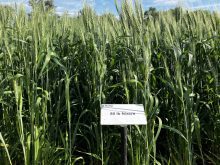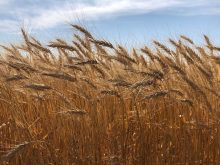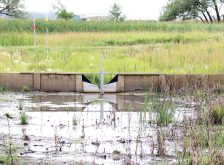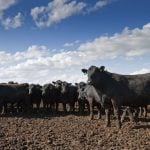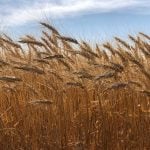This column has dealt with “nitrate down the well” a few times in the past. To make a long story short:
- Nitrate-contaminated farm wells have been known since 1945 when the first case of infant “blue-baby” was related to a contaminated farm well in Iowa.
- A 1948 survey of 2,000 Saskatchewan farm wells found 18 per cent had nitrate above the safe drinking water limit. Small farms with livestock and shallow wells were the usual culprits
- Small towns with sandy soils, hand dug wells and outhouses also had nitrate-contaminated wells. Bounty (in Saskatchewan, near Milden where I was raised) was one such example. Bounty is now a ghost town.
- This old fossil sees red when some Janey/Johny come-lately does a survey of farm wells, finds some contaminated with nitrate and puts the cause to all the nitrogen fertilizer we pour on, or intensive livestock.
Read Also
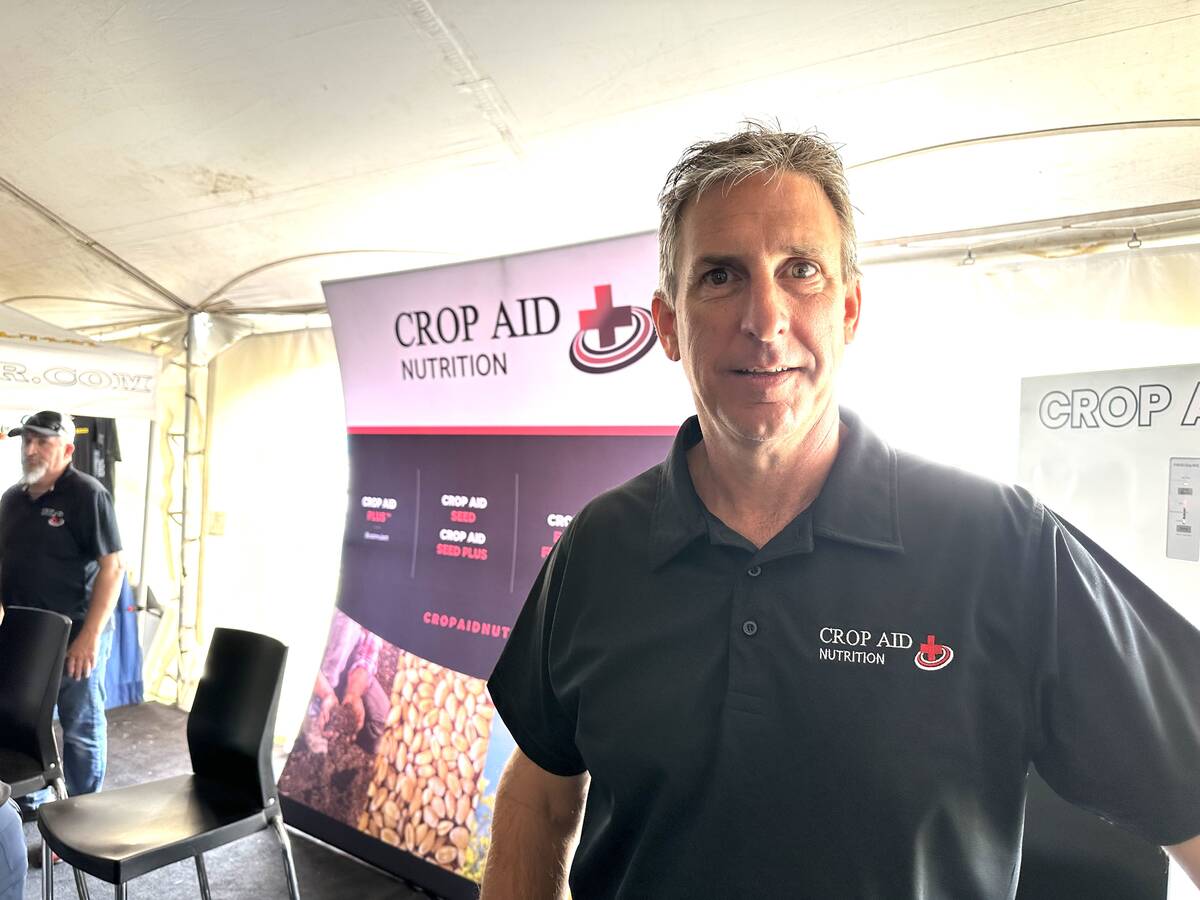
New soil treatment targets saline patches in fields
Crop Aid SS is a Saskatchewan-made spray that’s intended to help farmers manage saline soils by leaching salts away from the root zone.
For a more complete treatise on nitrate in our agriculture, use Google to search for “Fertilizers and Groundwater Nitrate,” and you should be taken the Saskatchewan Water Security Agency website where you can download a PDF. This booklet was prepared by Les Henry and Bill Meneley, sponsored by the then Western Canada Fertilizer Association.
Nitrate rare in native systems
An early research project we did (1970) was deep soil sampling (about 20 feet) of various situations to measure nitrate. In the native prairie at the University of Saskatchewan Kernen farm, nitrate was a rare beast. Any time a nitrate molecule was so bold as to pop out of the soil organic matter (mineralize) a grass root was laying in wait to gobble it up and put it back into organic form.
We must accept that much of the nitrate now moving around in our soil and water came from something that mankind has done. We in agriculture are a part of that.
When the prairie sod was broken much nitrate was released but early crops eagerly soaked it up. Before the white man came to the Canadian Prairies the only nitrate would be at buffalo kill sites and perhaps a few places where our first peoples lingered too long.
Nitrate in tile drains
The first documented nitrate in tile drains was at the famous Rothamsted Research, U.K. In 1870 they installed drain gauges in fields that were clean cultivated and not cropped. Those drains were monitored for about 40 years continuously with no change in management (continuous fallow). At the start, the soil lost about 45 pounds of N per acre per year as nitrate washed away. By the end of the experiment in 1915 the soil was worn down but still lost 25 lbs. N/acre as nitrate.
Fast forward 100 years to the major corn and soybean states of the U.S. mid-west. About 50 million acres of prime land in that area has surface or tile drains; much of it drains to the Mississippi River and eventually the Gulf of Mexico.
A lot of U.S. soil/fertilizer/cropping research of the past two decades has been documenting the significant loss of nitrate and the impacts down the line. Not a pretty picture. The research also includes ways and means to minimize the loss to ag and the impact to the environment. Grass and alfalfa crops reduce the drain volume and the N lost but when an alfalfa crop is broken it can release a lot of nitrogn. The 4Rs of nutrient stewardship (right source, right rate, right time and right place) come into play but rate is the big one. Porking on too much nitrogen is bad news.
In areas with warmer winters the ground does not freeze as much and winter rains can be a big part of the loss of N to drains. Mineralized N is an important source of loss.
The lesson for Western Canada
Our situation is very much different than the corn and soybean areas of the American Midwest. But as we start tile draining it is important to monitor what is happening with nutrient loss. It is better that we do it ourselves rather than wait until someone else does.
Monitoring is not given the attention it deserves. How can we know the impact of a farm management practice on our environment if we do not measure it? Too much of current research is of the short-term “quick fix” variety.
And, we can get on with a simple test to measure the N that will be mineralized during the growing season and use the results in deciding N fertilizer rates. Some work is now in progress and I hope there is a practical test soon.





